The Foraging For Wild Mushrooms Experience
Its 6:00 am on Sunday, the 25th of March 2018. Groggy with sleep, I am barely able to brew a cup of coffee. I finally manage to get dressed. I can’t be late as I have to reach Sydenham station in the inner west of Sydney by 6:50 am. When I finally reach the deserted avenue behind the station at 6:53 am, I see a relatively short mustachioed man standing next to his car. He smiles at me and says “I am Diego. You must be AAADIITY”. This is Diego Bonita and I am meeting him here near the Sydenham station in Sydney. I have signed up for Diego’s wild mushroom foraging workshop. I will be driving down with him to the nearest state forest (that grows pine trees in particular) about 1.5 hours south of Sydney in the Southern Highlands of NSW. I am the only one driving along today as the rest of the folks who have signed up for this workshop are meeting us directly at the state forest area.
Diego teaches only 2 types of wild mushrooms to forage – the Saffron Milk Caps (Lactarius deliciosus) and the Slippery Jacks (Suillus luteus). The reason being “These are the simplest to forage and you can’t go wrong once you learn to properly identify them” says Diego. These mushrooms have a short season. They start popping up only during the autumn months when the weather is changing from summer to the cooler months and some rain starts coming in. However if there are favorable weather conditions in a given year the season may extend into the winter months as well. Diego states that this is a distinct autumnal activity that European families of “Polish, Russian, Macedonian and Greek heritage” embrace and forage in the many state forests containing pine trees. These mushrooms also have a symbiotic relationship benefiting the soil and pines around which they grow . Hence they grow around relatively older pine trees (a decade or more old). This is in contrast to the parasitic varieties of mushrooms that feed off other matter like plants or barks of trees.
So once all we eager-to-learn-to-forage-mushroomers have congregated outside the state forest, Diego spends some time explaining to us how to identify edible vs non-edible varieties. The focus is on the saffron milk caps. He also explains to us when found, the proper way of cutting the stem of the mushroom and not digging it out fully from the ground. Few things to get started include poking with sticks around the grass of mature pine trees looking for reddish-orange saffron milk caps with darker dots. The gills are reddish becoming flushed or spotted with green. These mushrooms will green when bruised or spotted. The spores are cream in mass. Our group’s first haul of mushrooms includes edible saffron milk caps plus a few deadly ones (like the bright red/yellow ones you see in the pics below). Diego explains to us the differences of each one picked, which ones are edible and how we can avoid our mistakes when we pick the next batch.
Harvesting Tip No. 1 “If in doubt, leave it out”
Below this pic is of the saffron milk cap mushrooms I found in my first attempt:
And notice these bright colored yellow/orange mushrooms below. They are the poisonous non-edible varieties
When our foraging group sets out the second time, we have better luck in properly identifying the saffron milk caps and all of us are able to pick a few in our baskets. However there are no slippery jacks in sight. Per Diego “it is still early in the season” and the saffron milk caps are only to be found for now. His tips on cleaning the mushrooms include dipping them in a bowl of cold water and about half a cup of vinegar. After rinsing off the dirt and grime, wipe the mushrooms with a clean cloth or paper towel.
Now as we are nearing the end of the workshop, Diego readies a small pan with olive oil and chopped garlic to heat over a portable camping gas stove. He chops the mushrooms, sautés them in the pan and then generously sprinkles over chopped parsley and salt. We all dig in with our forks and keep going in for seconds and thirds until the plate is wiped off clean. These mushrooms have a robust and meaty texture filled with earthy flavors. Other ways to enjoy these mushrooms include making a mushroom ragout served with fresh pasta, creamy polenta or risotto. They can be used in soups and stews or a filling in pies. I just enjoyed my foraged mushrooms that I took home sautéed with garlic, salt and olive oil over a slice of sourdough toast. Partly because I was able to take home a very small quantity for myself. If you do get a large haul then these can be dehydrated or pickled and preserved in a brine made of vinegar, sugar, olive oil and water with some spices and herbs of your choice such as bay leaves, pepper corns, juniper berries, thyme and rosemary.
Harvesting Tip No. 2 “It is best to avoid the older mushrooms in favor of the younger fresh ones”
Now after a very long and tiring day, everyone thanks Diego for the new skill we have all acquired and part ways. So why did I embark on this trip? You may think I must have gone mad to spend my Sunday like this. I may not have all the answers but for me it was a fulfilling and eye opening day. As Diego said that my generation and the ones going forward are “trying to rebuild the connection with the land and the food we eat, bringing back old traditions and not letting these get lost over time.” There is after all a growing popularity of all things DIY these days – like baking from scratch, pickling, fermenting, cheese and yogurt making, beer brewing at home etc. It was surely a new and enriching experience for me that I hope to explore more of in the future. And as we drove back to Sydney, Diego’s words to our group resonated in my head – “This is gift of nature. Be thankful for what you have received today. Please share this knowledge with everyone you know. The days of entitlement are over.”
P.S. I have been posting my stories on Instagram pretty regularly so please follow along here if you would like to be more up to date.
NOTES
- This is NOT a sponsored post. All views expressed are my own. I paid for the workshop on my own expense.
- If you are a novice, please seek out an experienced mushroom forager and obtain in-field-guidance. The above post is purely to depict my experience and you should not follow the above. There are many deadly varieties of mushrooms out in the wild, so please don’t attempt to do this on your own. Seek expert guidance and join a guided tour of knowledgeable foragers. I would surely recommend Diego if in Sydney. Check out his website here
- Take safety precautions and be well versed on how to handle leeches, ants and spiders as you can be exposed to them in the bush land. Be careful not to get lost in a forest and always let someone know if you are out foraging.
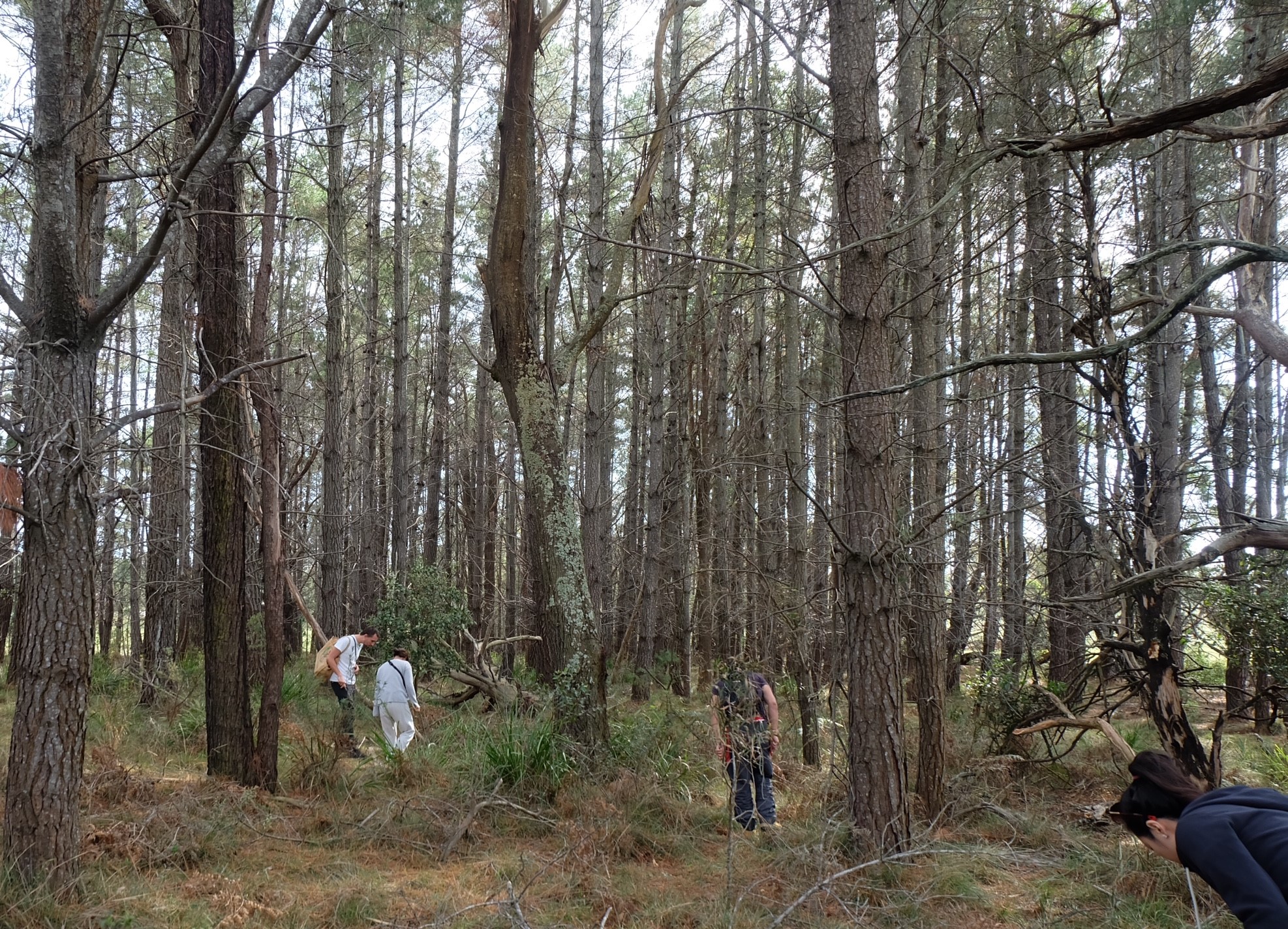
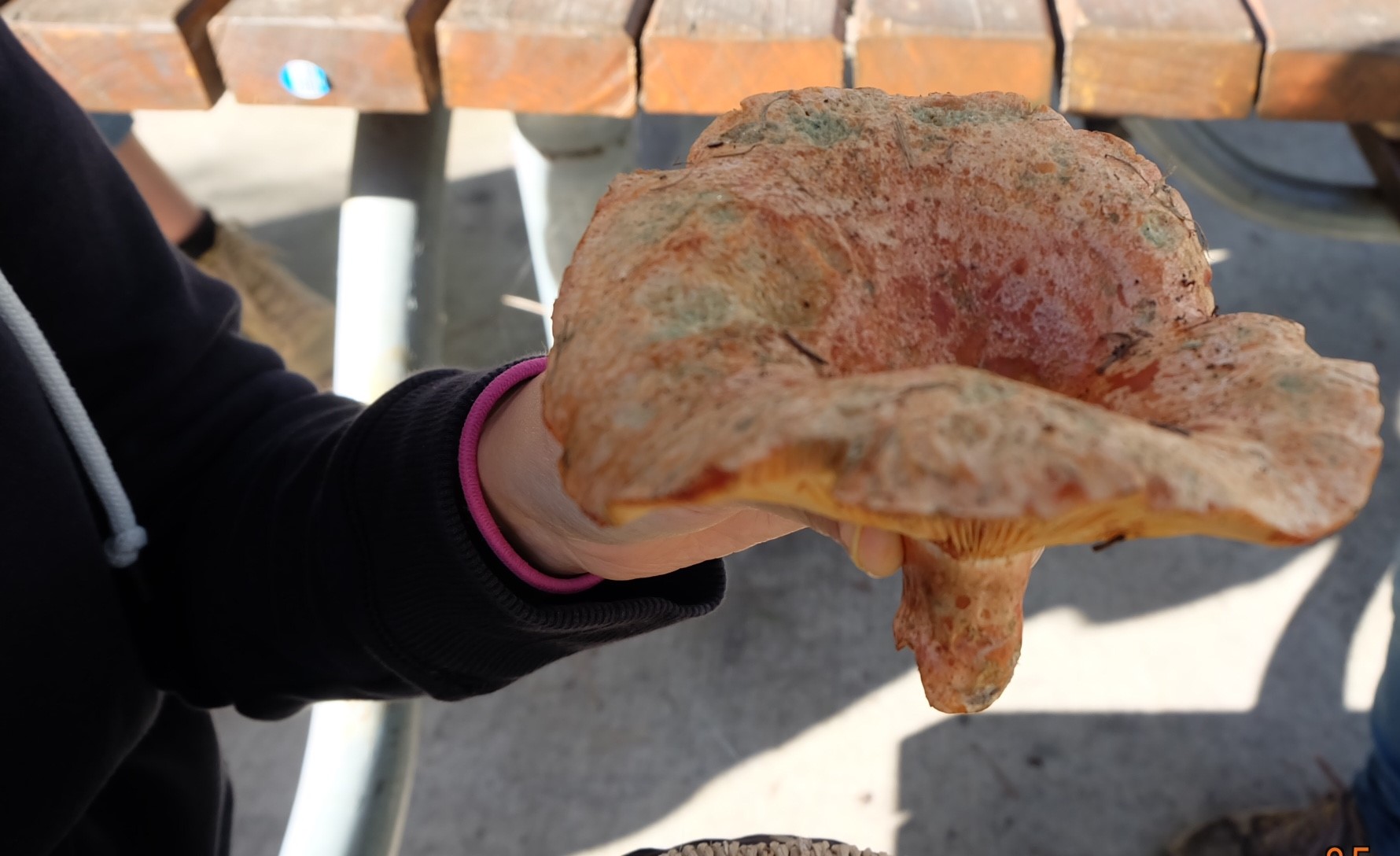
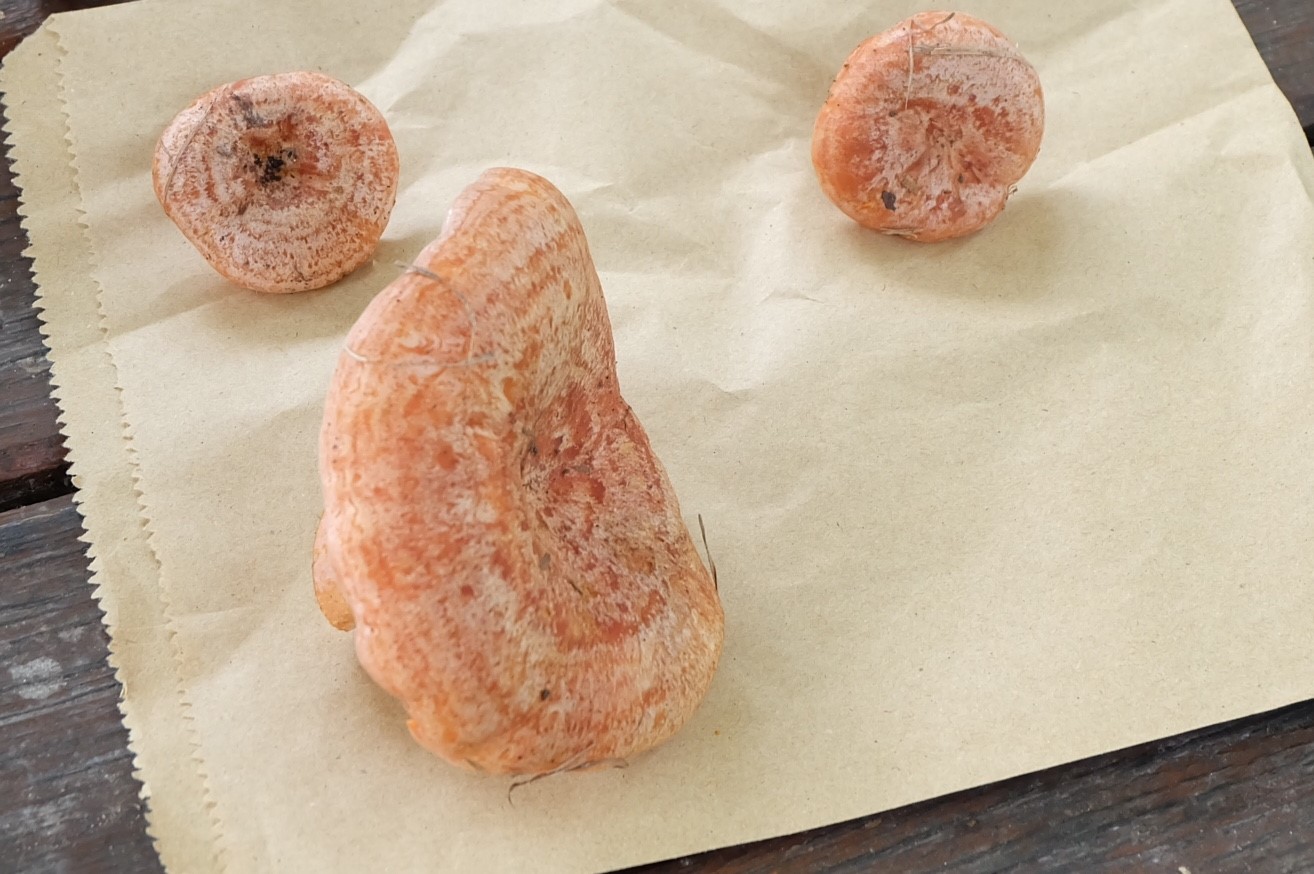
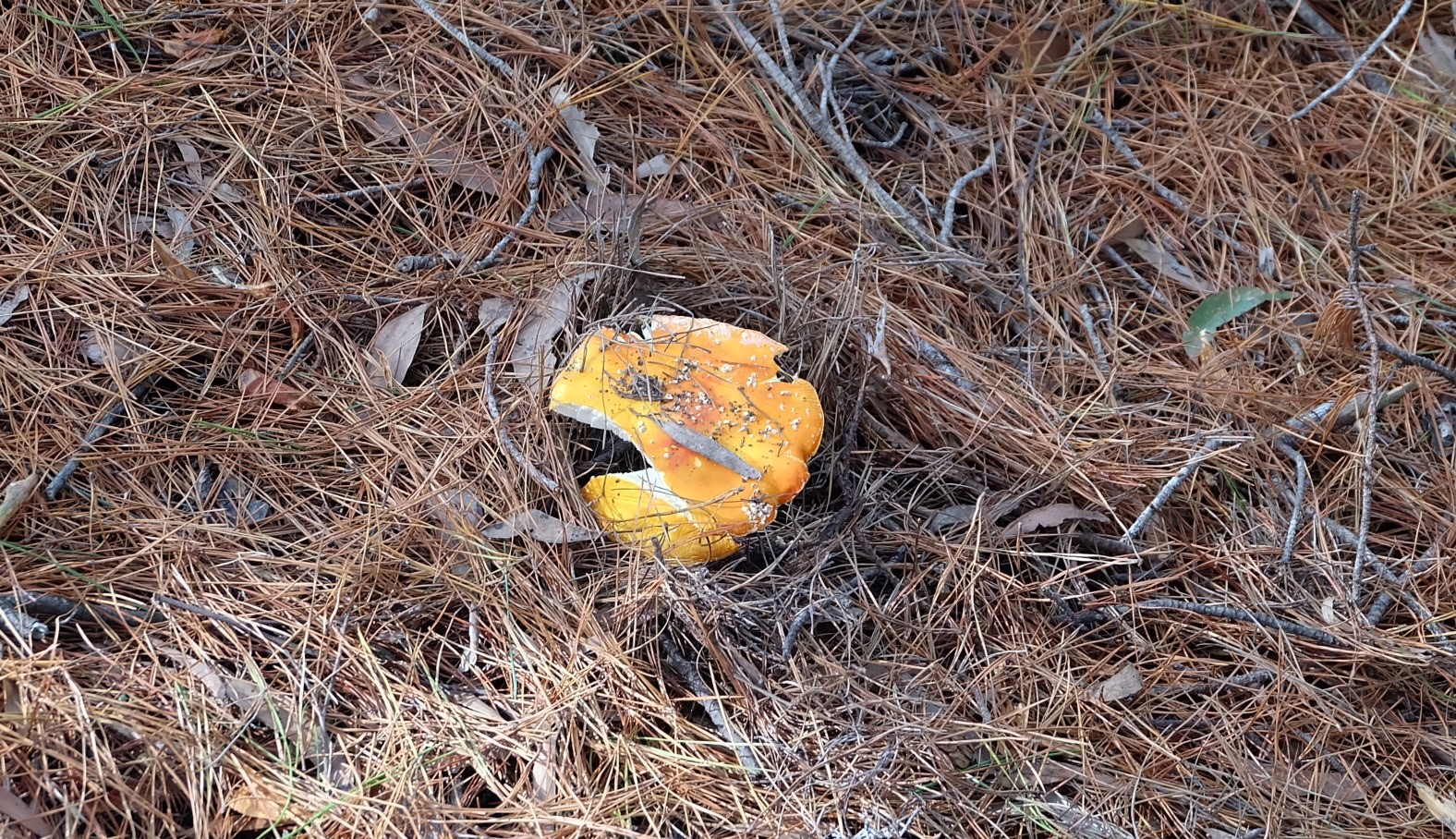
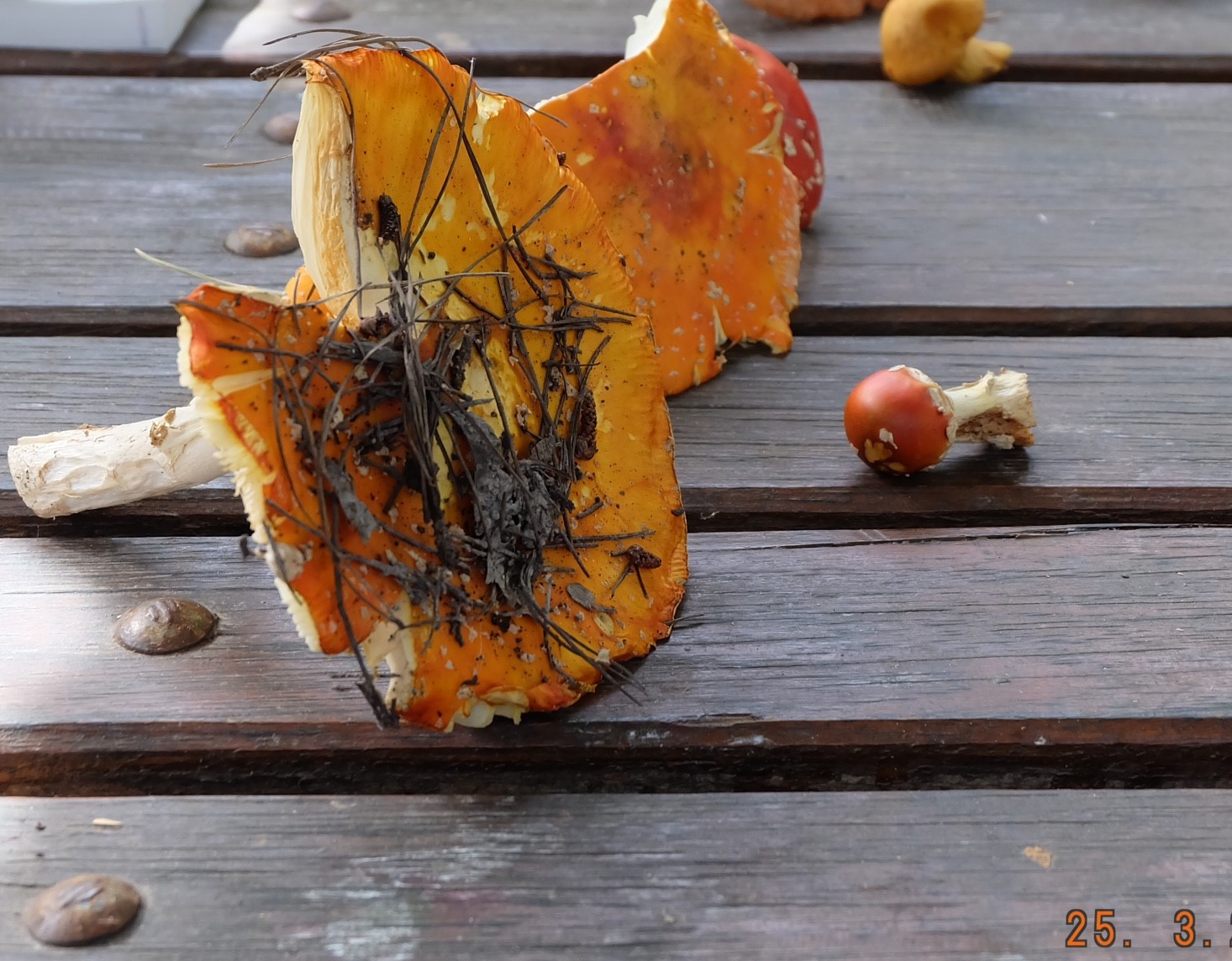
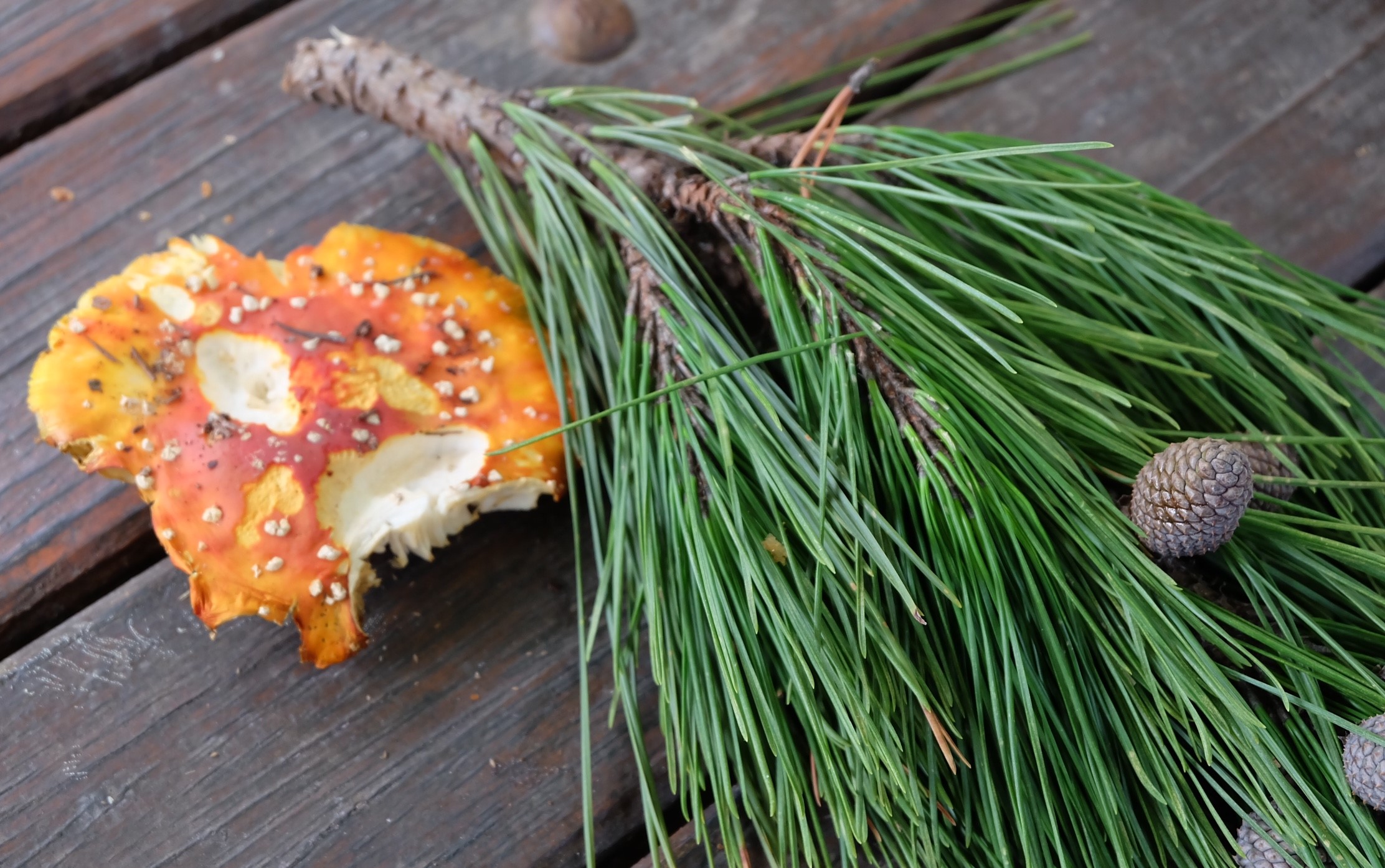
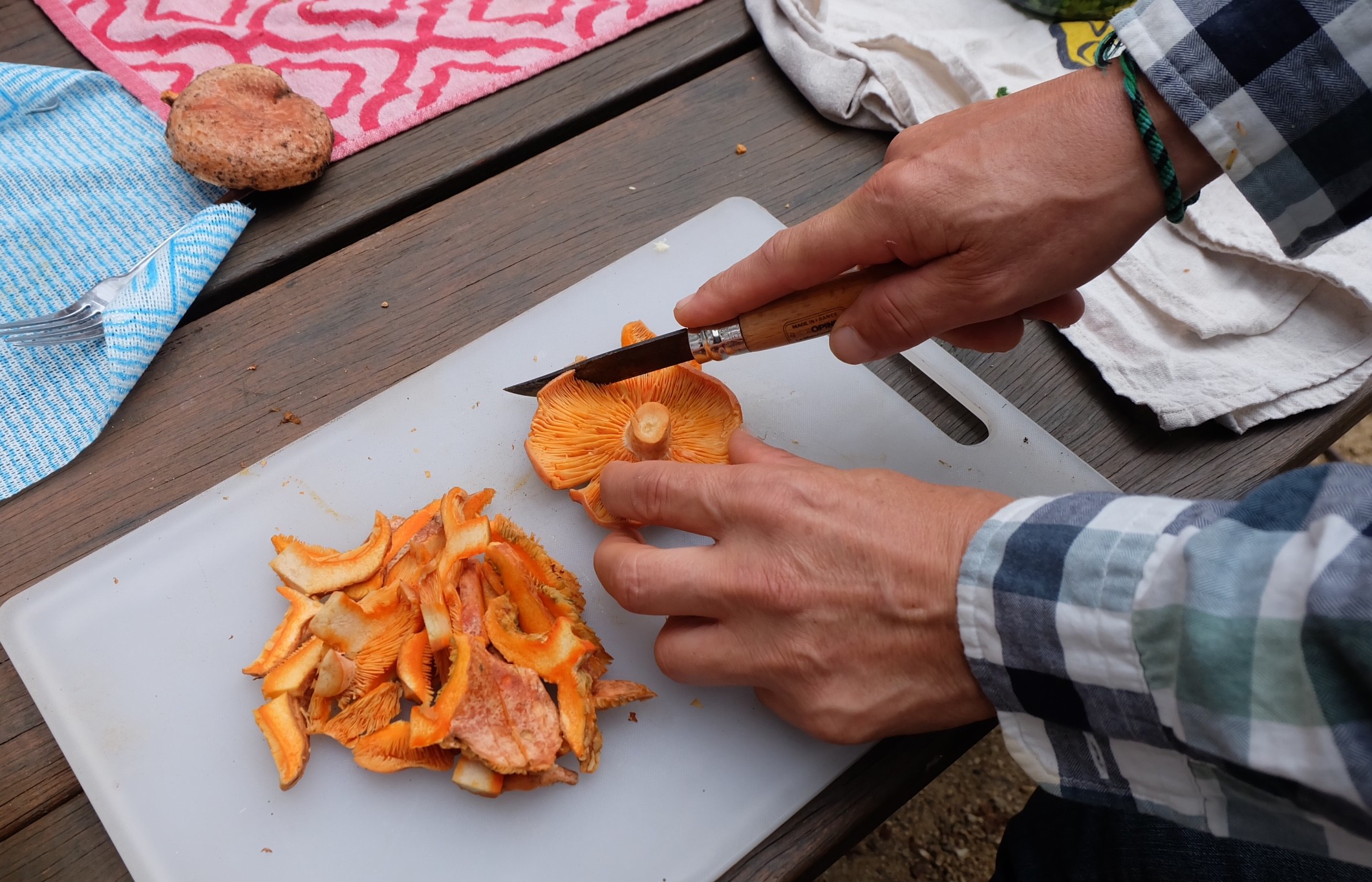
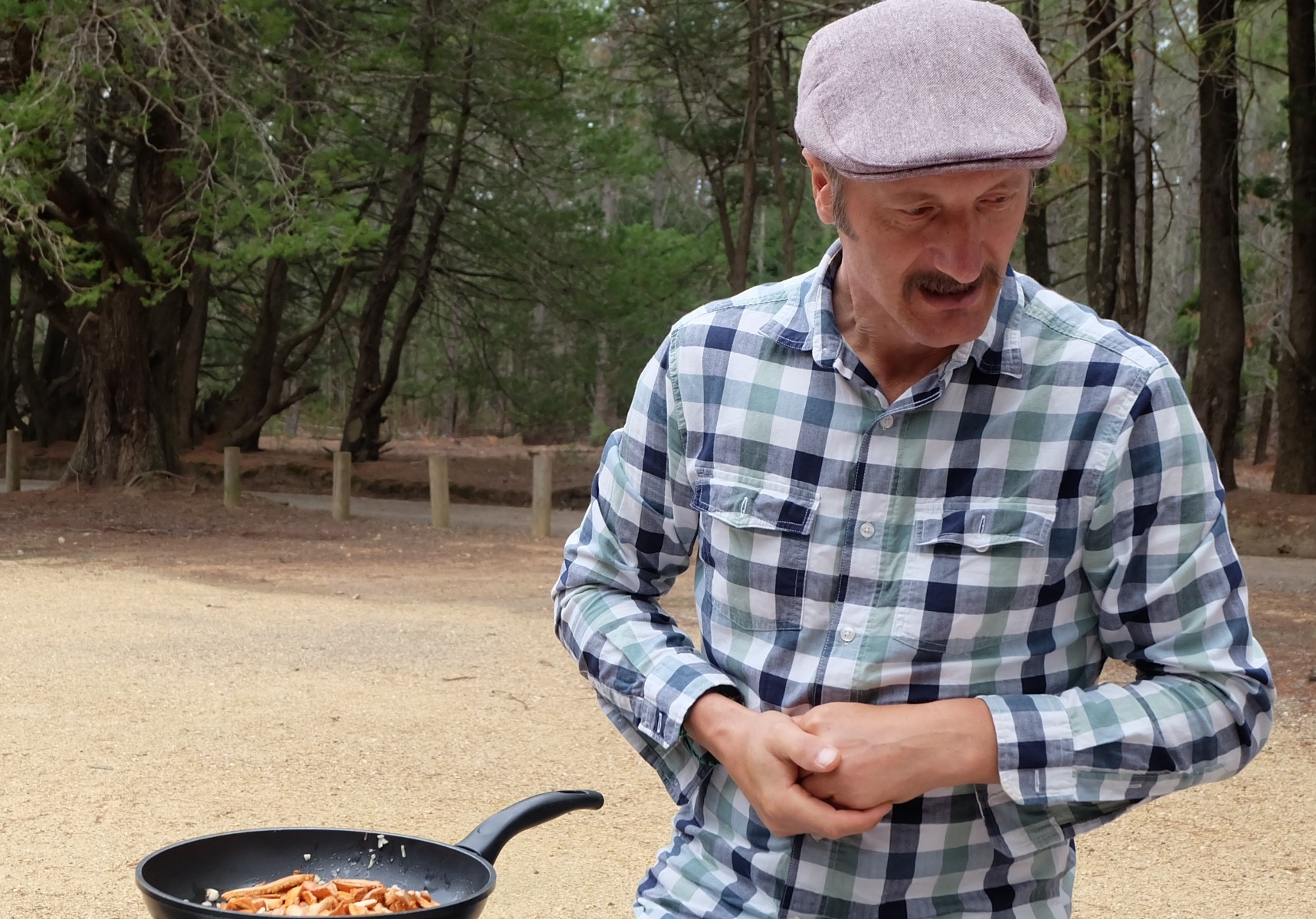
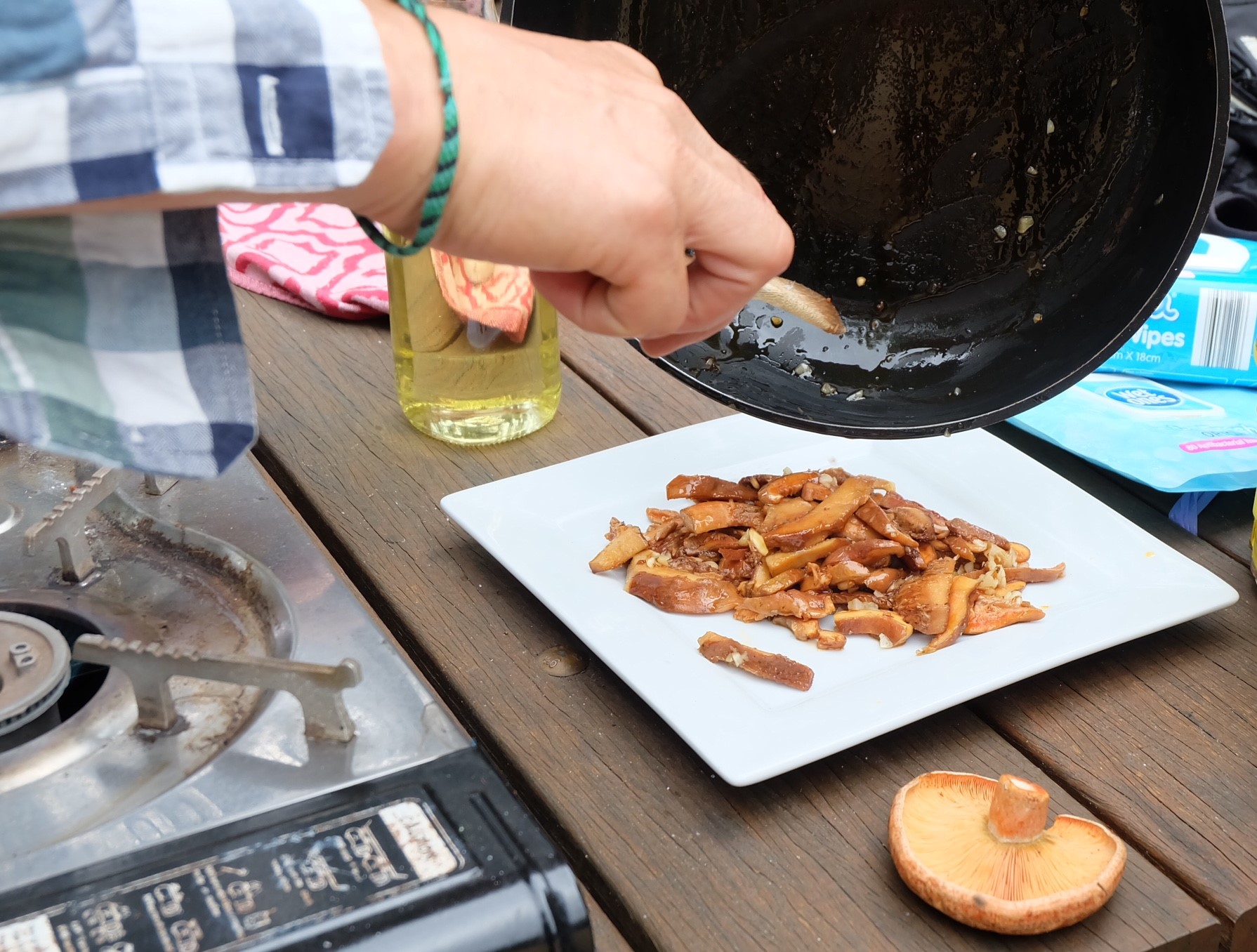
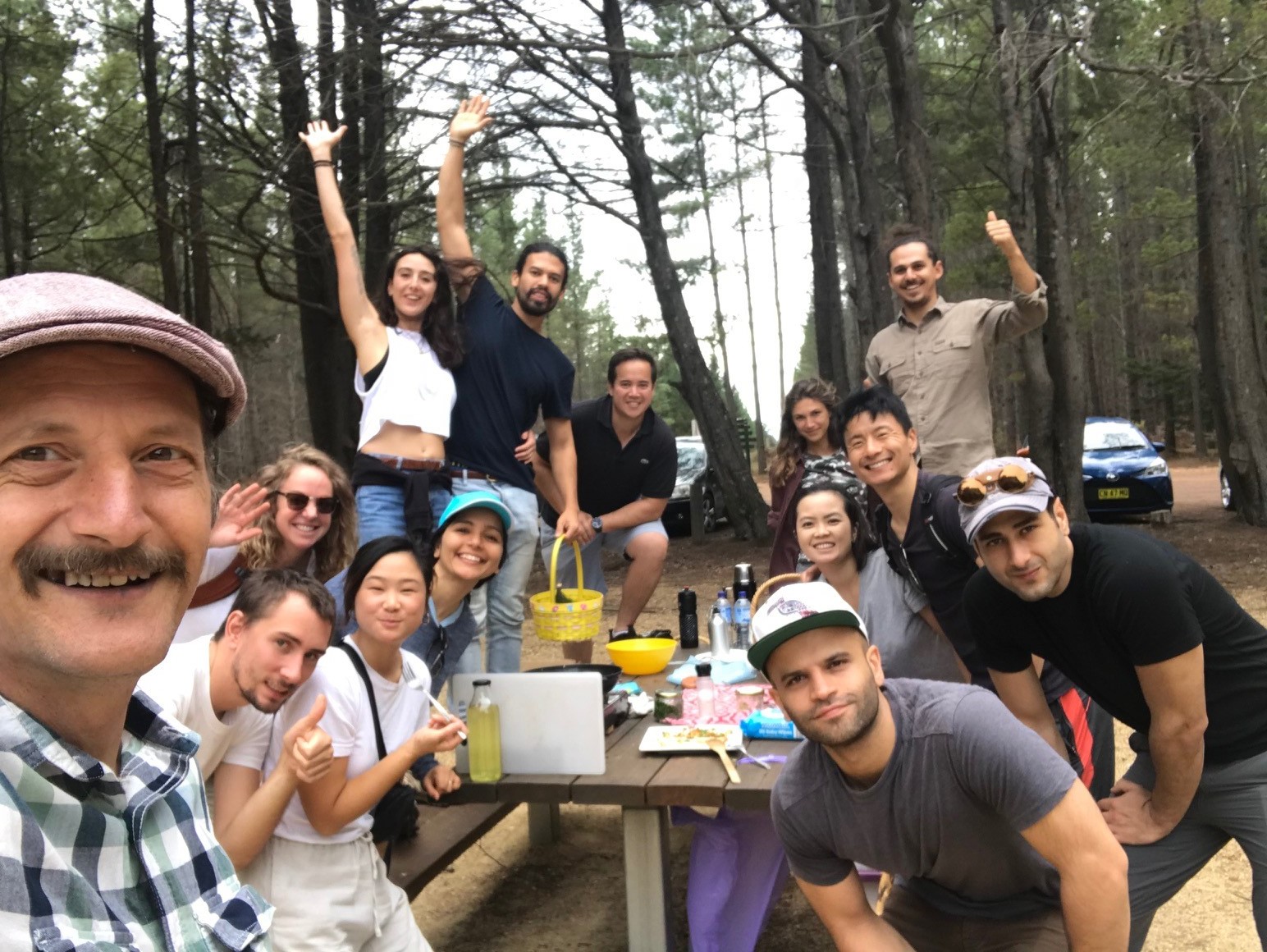
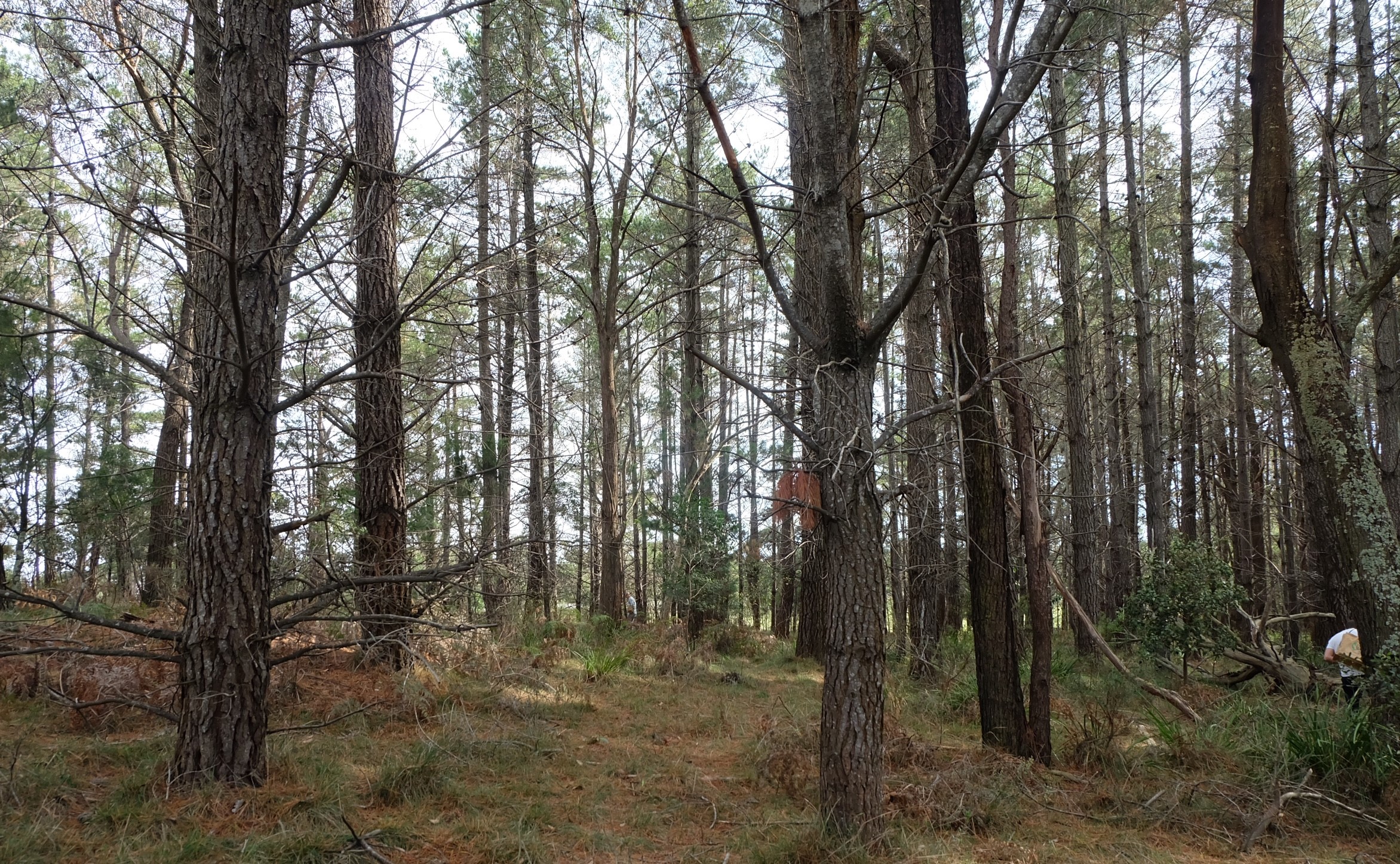
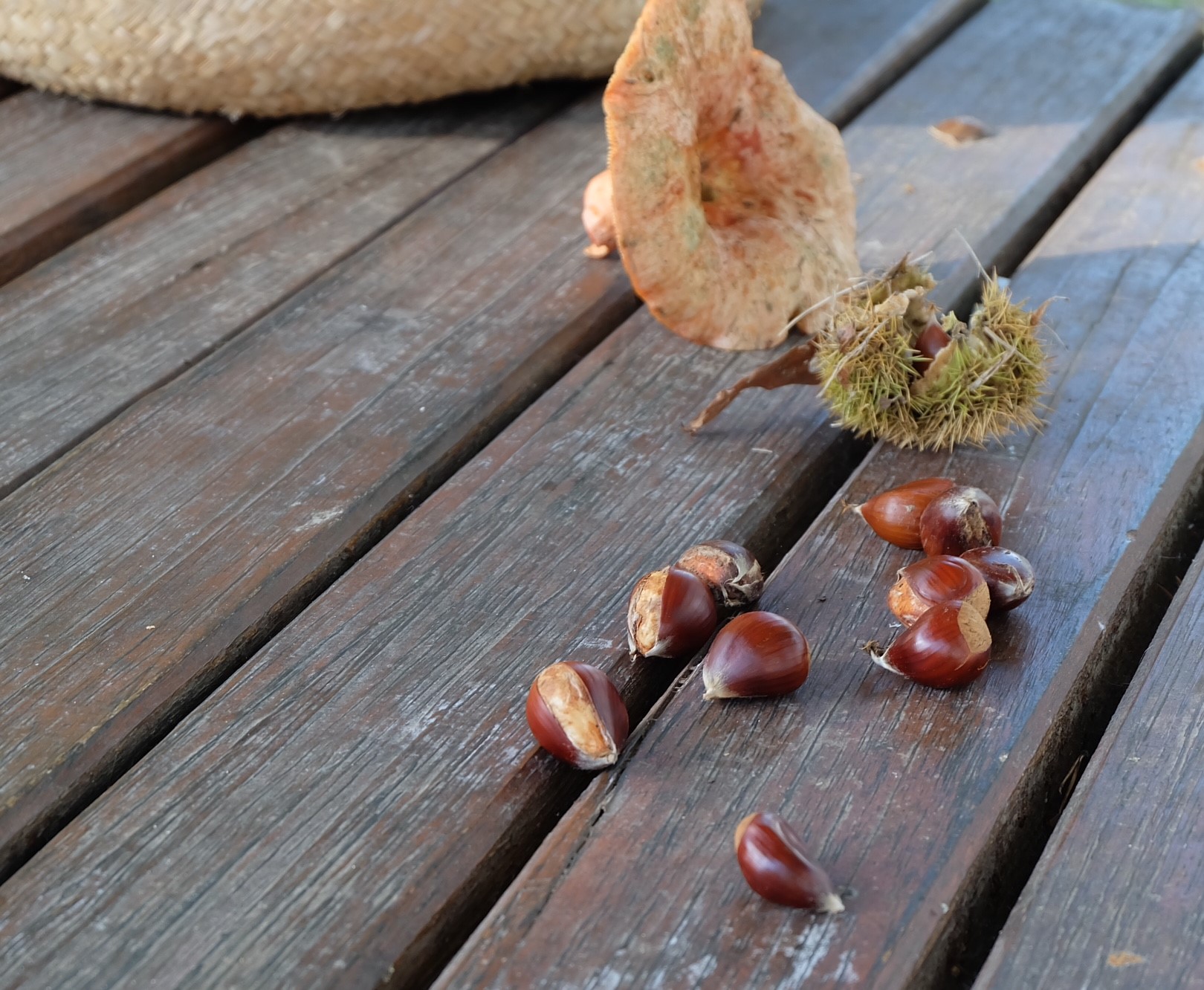
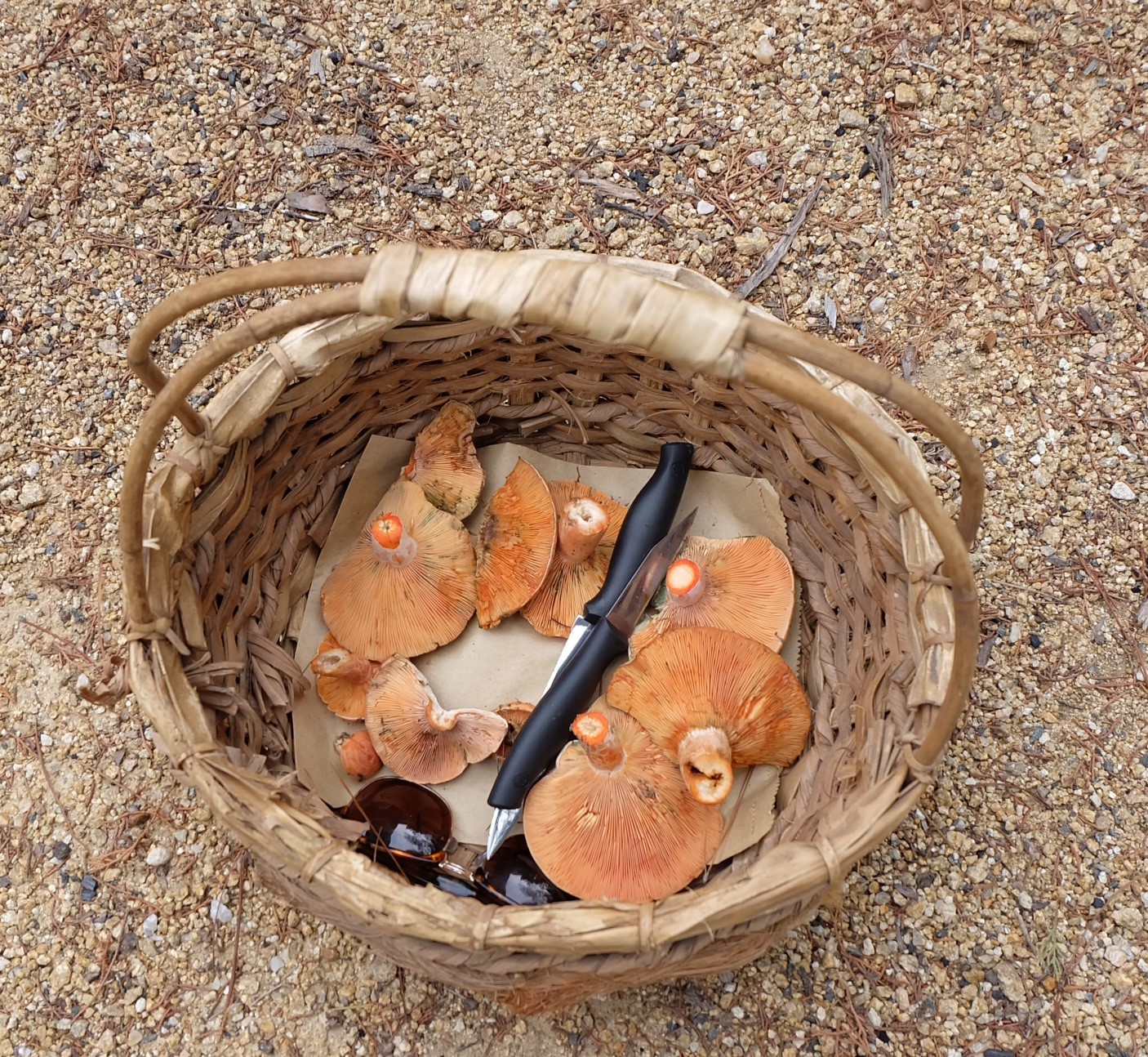
Leave a Reply